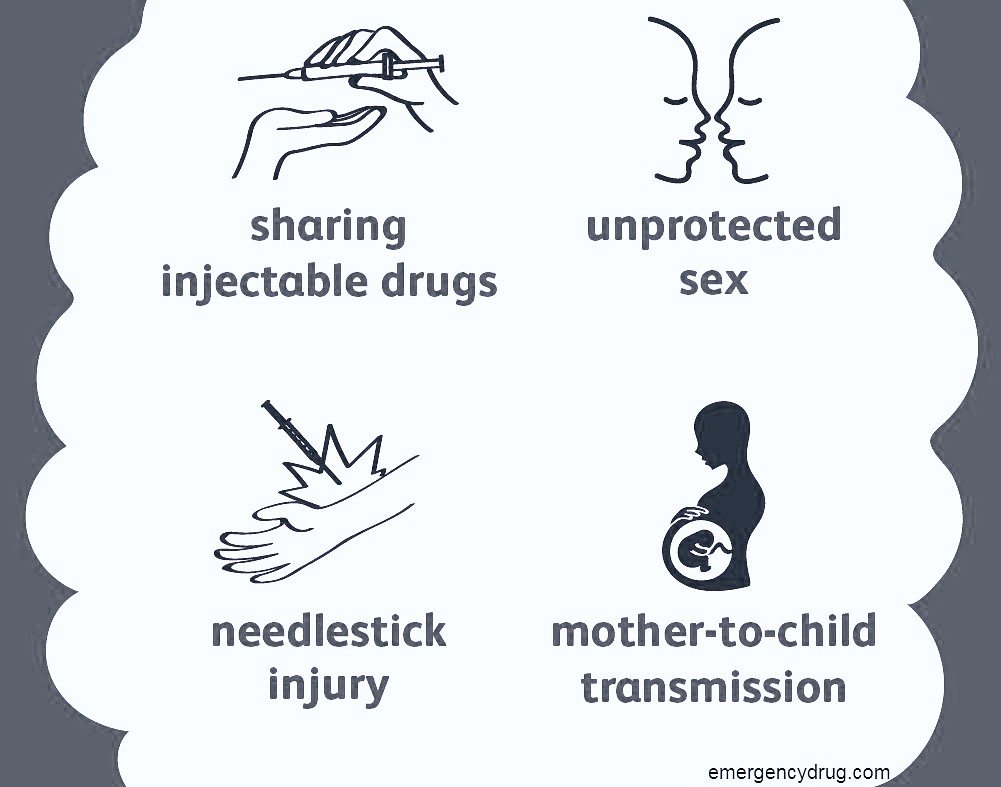Hepatitis C causes, symptoms and treatments part -1
Mohammad Jewel
08 Aug, 2025

Table of Contents
Hepatitis C causes, symptoms and treatments part -1
Hepatitis C is an infectious, viral liver ailment. It is the most widely recognized blood-borne illness in the United States, and the vast majority with hepatitis C don’t understand that they have it.
The infection spreads by blood-to-blood contact, and fundamentally by the utilization of injectable medications. There are vaccinations against hepatitis A and B, however not C. To forestall disease, it is important to maintain a strategic distance from presentation to the hepatitis C infection (HCV).
In the event that the infection does not clear inside a half year, the contamination winds up incessant and just reparable with prescription. HCV can bring about scarring, cirrhosis, malignancy of the liver, and now and again, demise. There are, in any case, new drugs that can fix endless hepatitis C disease.
This article will concentrate explicitly on the manifestations, causes, and medicines of hepatitis C in incessant and intense structures. Those wishing to discover increasingly about the diverse composed of hepatitis will locate a more data here.
Quick realities on Hepatitis C
Hepatitis C (HCV) is a type of viral liver infection that can occur in two forms: acute, which is a short-term illness that may resolve on its own, and chronic, which is a long-lasting condition that can lead to serious health complications if left untreated; understanding the causes of Hepatitis C is crucial for prevention and effective treatment.
Intense HCV can cause stomach inconvenience, sickness, exhaustion, and fever. Incessant HCV can prompt increasingly serious scarring of the liver and liver malignancies.
HCV is the most widely recognized bloodborne sickness in the United States (U.S.), and it is predominantly exchanged by intravenous medication use. Risky sex and contact with tainted blood can likewise spread HCV.
Coordinate acting antivirals (DAAs) are presently recommended to treat HCV. They are exceptionally successful yet can cost over $100,000 for a three-month course.
HCV is preventable through safe sex and keeping away from injectable medications.
What is hepatitis C?
Hepatitis C is a liver infection caused by the Hepatitis C virus (HCV). It primarily spreads through blood-to-blood contact, such as sharing needles, unscreened blood transfusions, or, less commonly, through sexual contact.
The infection can be acute (short-term) or chronic (long-term). Many people with acute Hepatitis C show no symptoms, which is why it’s often called a “silent disease.” Hepatitis C causes chronic infection that, if left untreated, can damage the liver and may lead to serious complications like cirrhosis or liver cancer.
Treatment with direct-acting antiviral (DAA) medications, such as sofosbuvir-velpatasvir, can cure over 95% of cases.
Hepatitis is an aggravation of the liver. There are a few strains of viral hepatitis. The most widely recognized sorts are A, B, and C. Hepatitis, an aggravation of the liver, can be caused by several factors, with Hepatitis C being a notable strain that often leads to serious health complications; understanding the causes, symptoms, and available treatments for Hepatitis C is crucial for anyone interested in maintaining their liver health and overall wellbeing.
HCV is the most far reaching blood-borne illness in the United States (U.S.). An expected 2.7 to 3.9 million individuals have endless HCV contamination.
The infection attacks the cells in the liver and causes swelling and brokenness.
There is no inoculation for HCV. The nearness of HCV antibodies in the insusceptible framework does not give long haul defensive invulnerability similarly as an immunization. The safe framework holds no lasting record of HCV antibodies.
An individual can progress toward becoming re-tainted with an alternate strain of the infection.
Hepatitis C Causes and risk factors
Hepatitis C causes are primarily linked to exposure to the Hepatitis C virus (HCV), most commonly through blood-to-blood contact. At its acute stage, HCV often shows no noticeable symptoms, which is why many infections go undetected.
Understanding the causes and risk factors of Hepatitis C is essential for early detection and prevention.
Hepatitis C causes
Acute Hepatitis C, often referred to as a “silent infection” because it typically presents with minimal noticeable symptoms, is a viral infection that can lead to serious health issues; symptoms generally emerge 4 to 15 weeks after exposure and may resemble those of other viral infections, highlighting the importance of understanding the Hepatitis C causes and seeking timely medical advice to ensure effective treatment and management.
Intense HCV disease is seldom analyzed because of the absence of conclusive manifestations. It is regularly alluded to as a quiet pestilence. The normal time period from introduction to recognizable side effects is somewhere in the range of 4 and 15 weeks.
Amid this intense period, side effects won’t appear to change to those caused by some other viral disorder. Individuals with intense HCV will understanding:
- stomach uneasiness
- sickness
- fever
- joint agony
- exhaustion
- jaundice, once in a while
- mud shaded stools, infrequently
Visit our Hepatitis C treatment Medicine product’s here:
Perpetual Hepatitis C
HCV ends up perpetual when the infection stays in the blood for a half year after the intense disease time frame. On the off chance that the nearness of HCV infections recognize in testing somewhere around twice over this period, an interminable determination affirm.
Hepatitis C causes
Hepatitis C causes, symptoms and treatments part -2
Hepatitis C causes, symptoms and treatments part -3
